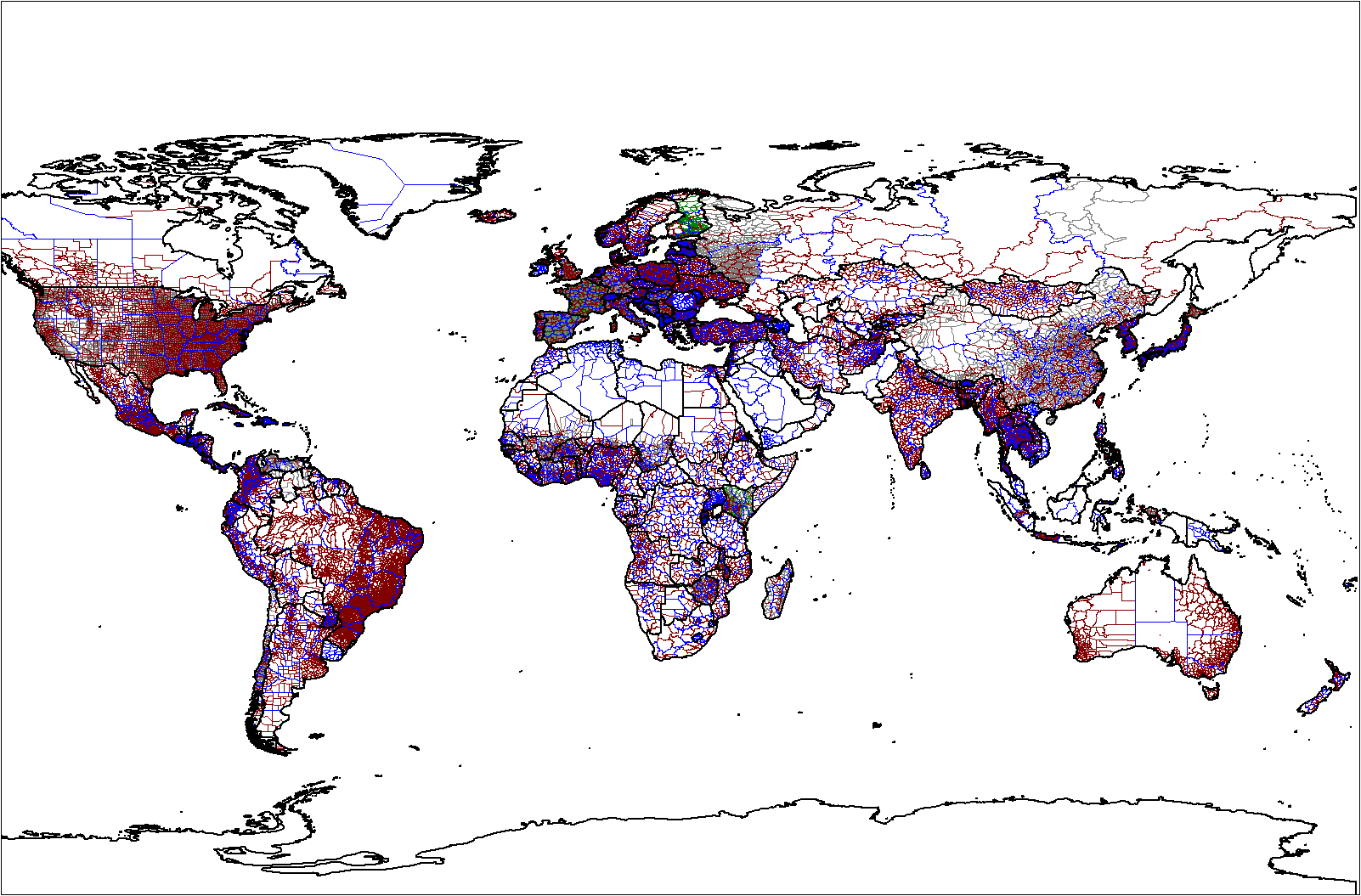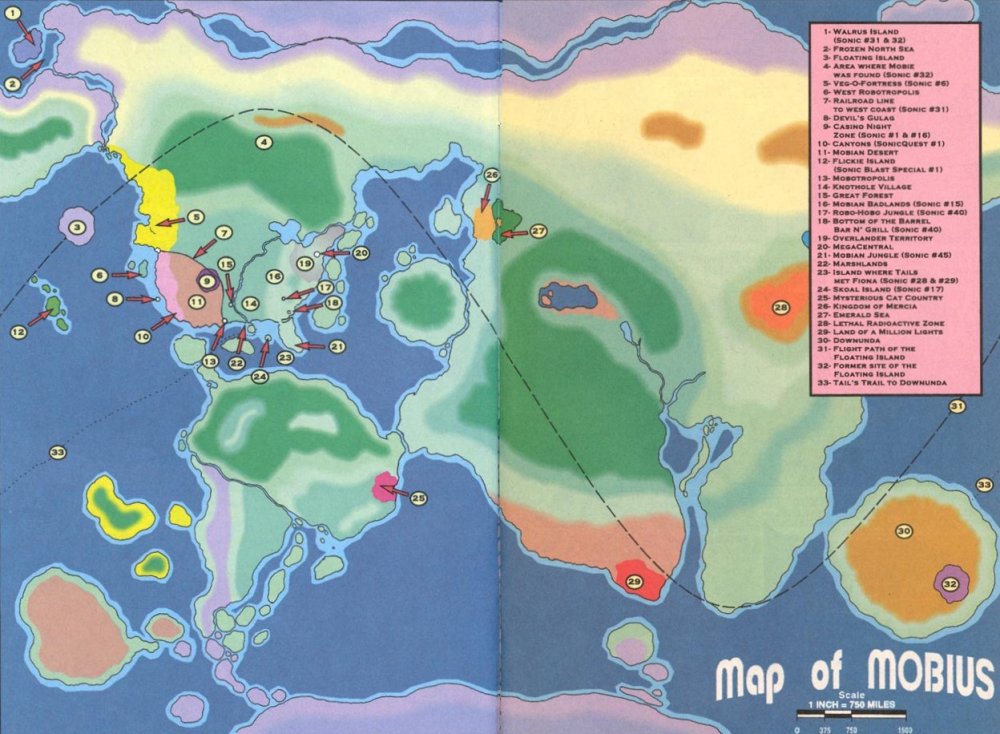Here's an outline of a little AH project of mine:
Europe, 1970
Alternate Cold War – Background
POD: Eisenhower dies in a road accident in July, 1944.
V-E Day
Eisenhower’s successor is not so cautious and changes allied tactics in Europe towards more blitzkrieg-like operations. Therefore when the Allies break out of Normandy in August, the allied advance is much quicker and bolder than it was in our timeline. Instead of wasting time massacring German armies in Falaise pocket and laying siege to coastal towns in Britanny, the allied divisions advance rapidly into the French interior and towards the Low Countries and Germany itself. Field Marshal Montgomery successfully secures Scheldt Estuary and liberates Antwerp, thus opening the harbor to Allied shipping. This proves to be a crucial point in the Allied campaign, as the emerging logistical problems are thus greatly mitigated and the Allied advance can continue.
In September, Omar Bradely’s 12th Army Group penetrates through Saarland into Germany and together with Montgomery’s 21st Army Group encircles the remnants of Westheer in the so-called Ruhr Pocket. At that point, no relevant German forces can oppose the allied thrust towards Berlin.
Meanwhile, Hitler is stunned by the speed of the allied advance into his Third Reich and the apparent willingness of his armies to surrender to the Allies the moment their communication lines with his headquarters are severed. He becomes obsessed with the developments in the West and rapidly loses interest in other theatres. In a rare stroke of common sense, he appoints Field Marshal Erich von Manstein, whom he sacked as commander of the Army Group South only 4 months earlier, as Oberbefehlshaber Ost (Supreme Commander East) and transfers Walther Model to the West to lead a hopeless defense against the Allies. Manstein promptly reorganizes the battered German armies and begins to apply his plan for a “flexible defense” on the Eastern front.
Stalin is also shocked by the success of the Allies. Fearing that the Westerners could defeat Germany on their own thus denying him the spoils of victory, he orders an immediate general offensive despite the objections of his field commanders, who argue that the Red Army needs to improve the bad supply situation before it can launch another offensive. Stalin remains adamant and so the Red Army begins its hastily prepared offensive across the Vistula in late September, 1944. It is here where von Manstein achieves his last and greatest victory. The Soviets, who are not aware of the major change of German tactics on the Eastern Front, expect the Germans to stand firm and refuse to pull back as it was common when Hitler was in command and Manstein uses their mistake to his advantage. First he feigns a breakup of German defenses along Vistula, but then he launches a brilliant counter-offensive during which he manages to encircle Soviet spearheads on the wrong side of the river. In other places, German forces pull off a fighting retreat and as a result the German lines along the Vistula are now stronger than ever before. Soviet autumn offensive thus completely fails and the Soviets suffer horrendous casualties, especially among their best units which were spearheading the attack.
Furious Stalin responds by sacking Zhukov who he (unfairly) blames for the disaster and orders Ivan Konev to prepare another offensive. Konev manages to persuade Stalin that the Vistula Line is currently impregnable, but suggests an acceptable alternative: a major push through Romania, Hungary and the Balkans which could flank the German defenses in Poland. Stalin agrees and the offensive begins in October. Despite initial heavy losses in Bessarabia, the Red Army break through and Romania soon surrenders, followed by Bulgaria. However, Manstein manages to save most of German armies by a general withdrawal to Hungary and Slovakia where they form another defensive line blocking the Soviet advance into Germany.
At the same time, Anglo-American armies encircle Berlin. Hitler is shot dead a day later by a disgruntled officer when he refuses to allow the surrender of the city and Berlin is declared an open city by its military commander soon afterwards. Hermann Göring assumes the role of the Führer of the Third Reich, but he is powerless to stop further allied advance across Germany. American armies liberate Bohemia and enter Poland and Austria by early November. German forces along Vistula hold their ground to the very last moment and only surrender to the Americans and the British when they appear on the horizon. The Soviets on the other side of the river are powerless to intervene.
WW2 in Europe finally ends on 17th of November, 1944, when Göring issues a general surrender order to all German forces. Red Army hastily moves to occupy the remaining parts of Hungary, Yugoslavia and Slovakia, while German soldiers flee west to surrender to the allied forces. In Europe, an uneasy peace begins.
Cold War begins
The conflict later known as the Cold War erupts almost immediately after the German capitulation. Stalin immediately demands that the Allies pull back to Elbe and allow the Soviet Union to occupy its own zone in Germany. The Allies refuse arguing that the Soviet forces didn’t enter Germany proper (except East Prussia) and that the Allied armies are well capable of occupying Germany without Soviet assistance. Moreover, the Polish government now reigning over the Allied-controlled Poland refuses to allow the Soviets (who have severed diplomatic relations with it following the uncovering of the Katyn massacre) any military transfer. Although this means little as the Polish government relies on the Allies and their armies, the Polish refusal is used as an argument against the Soviet demand for their own occupation zone in Germany.
Feeling betrayed, Stalin proclaims that he will no longer adhere to any previous agreements made with the Western Allies. As retaliation to what he perceives as an unforgivable injustice after all the sacrifices the Soviet people have made in WW2, he tightens his rule over Soviet “liberated” countries in Central Europe and the Balkans. In Poland, a Communist interim government is established, but pre-war Eastern Poland is annexed to the USSR. Czechoslovakia is definitely split when the USSR annexes Ruthenia and establishes a puppet Communist government in Slovakia, ironically a former puppet of Nazi Germany. Similar development takes place in Hungary, Romania, Bulgaria, Yugoslavia and even Finland, which doesn’t escape sovietization this time as Stalin is definitely not in a forgiving mood. In Greece, a brutal civil war erupts between competing partisan groups and the Soviets send massive amount of weapons and supplies to the Greek Communists, who quickly overrun most of the country. Non-communists are forced to flee mainland Greece and most islands, but they manage to fortify themselves in Crete, Rhodos and Cyprus, previously held by the British. And so in just two years following the V-E day, the USSR asserts firm control over the Eastern part of the Continent. Later, Winston Churchill during his address to the British public famously says:
“From Elbing in the Baltic to Trieste in the Adriatic an "iron curtain" has descended across the Continent. Behind that line lie all the capitals of the ancient states of Central and Eastern Europe. Warsaw, Athens, Helsinki, Budapest, Belgrade, Bucharest and Sofia; all these famous cities and the populations around them lie in what I must call the Soviet sphere, and all are subject, in one form or another, not only to Soviet influence but to a very high and in some cases increasing measure of control from Moscow.”
The West is forced to respond and in 1948, an alliance of Western democracies is formed around the United States – the North Atlantic Treaty Organization. In the next 20 years, almost all European countries join it, with the exception of Ireland, Switzerland and Austria which decide to remain neutral. Soviet answer to NATO, the Warsaw Pact, is created in 1949 in Eastern Warsaw, the capital of the newly proclaimed People’s Republic of Poland. A barrier of concrete and barbed wire is erected on the eastern bank of Vistula, the famous Warsaw Wall separating Eastern Poland from its Western counterpart now called the Republic of Poland. Later it becomes one of the most famous symbols of the Cold War.
With the advent of nuclear weapons and their first use against Japan in 1945, the world is plunged into a long and bitter ideological conflict which often threatens to engulf the whole world in nuclear fire. Large armies stand opposing each other on the Vistula, Soviet navy operating from Greek bases shadows the Western fleets in the Mediterranean, jet bombers patrol over the Arctic and ever growing number of nuclear missiles are aimed at the enemy targets. Only Gods know if this “Cold War” stays cold...









